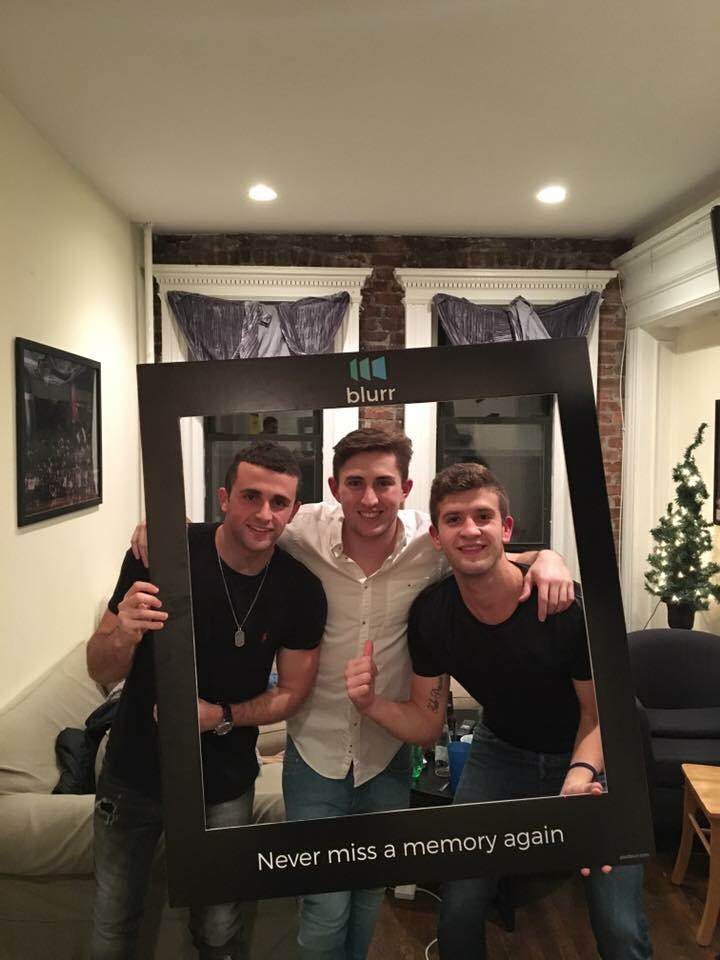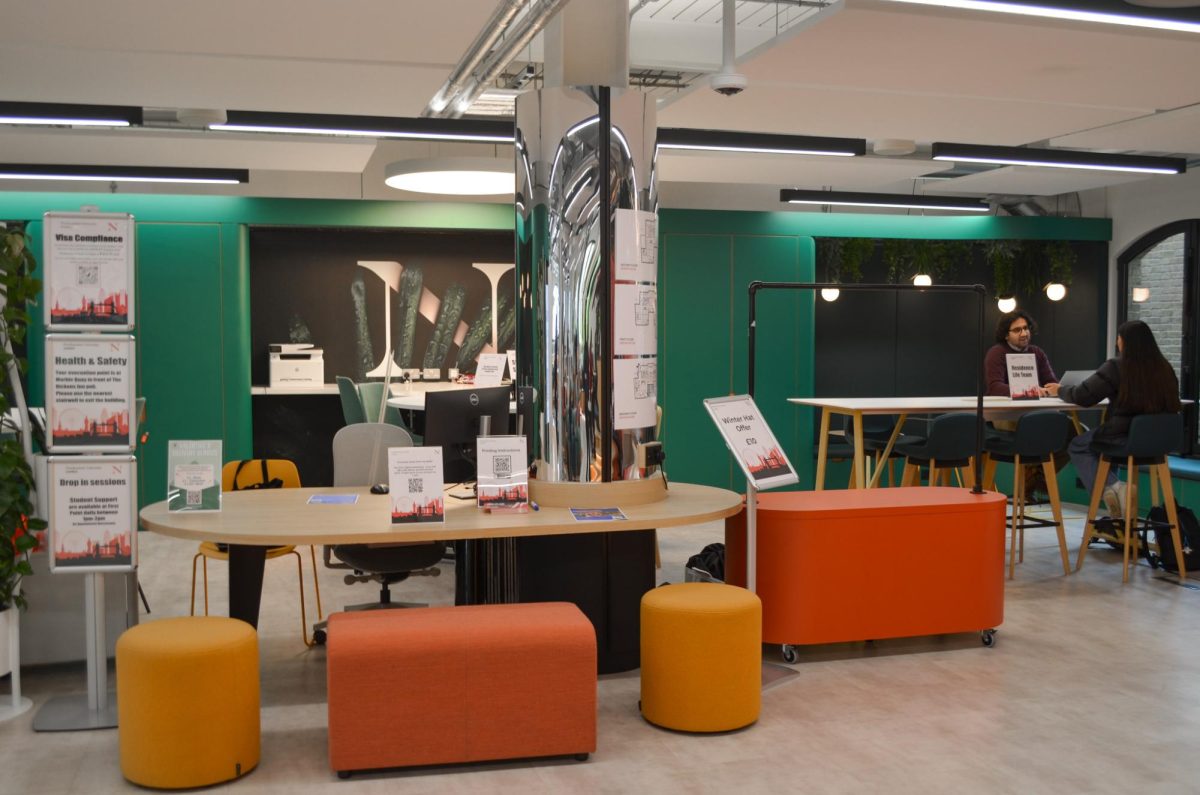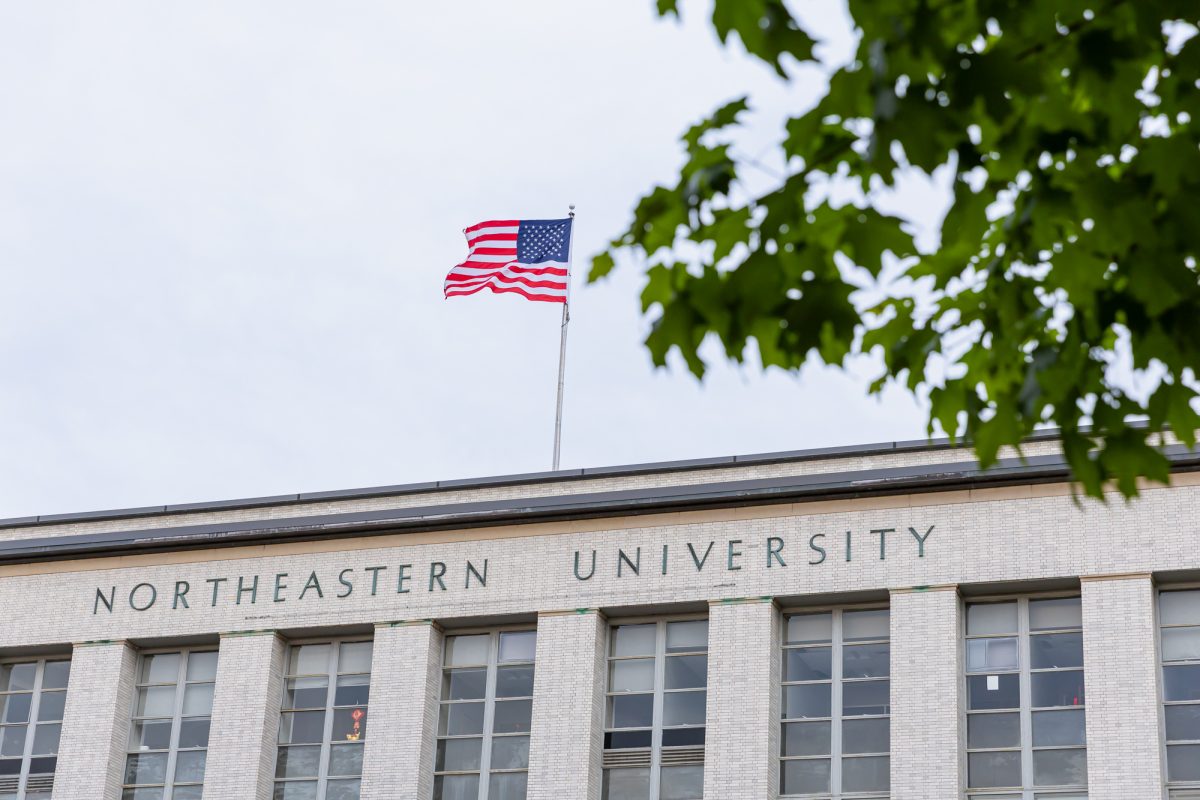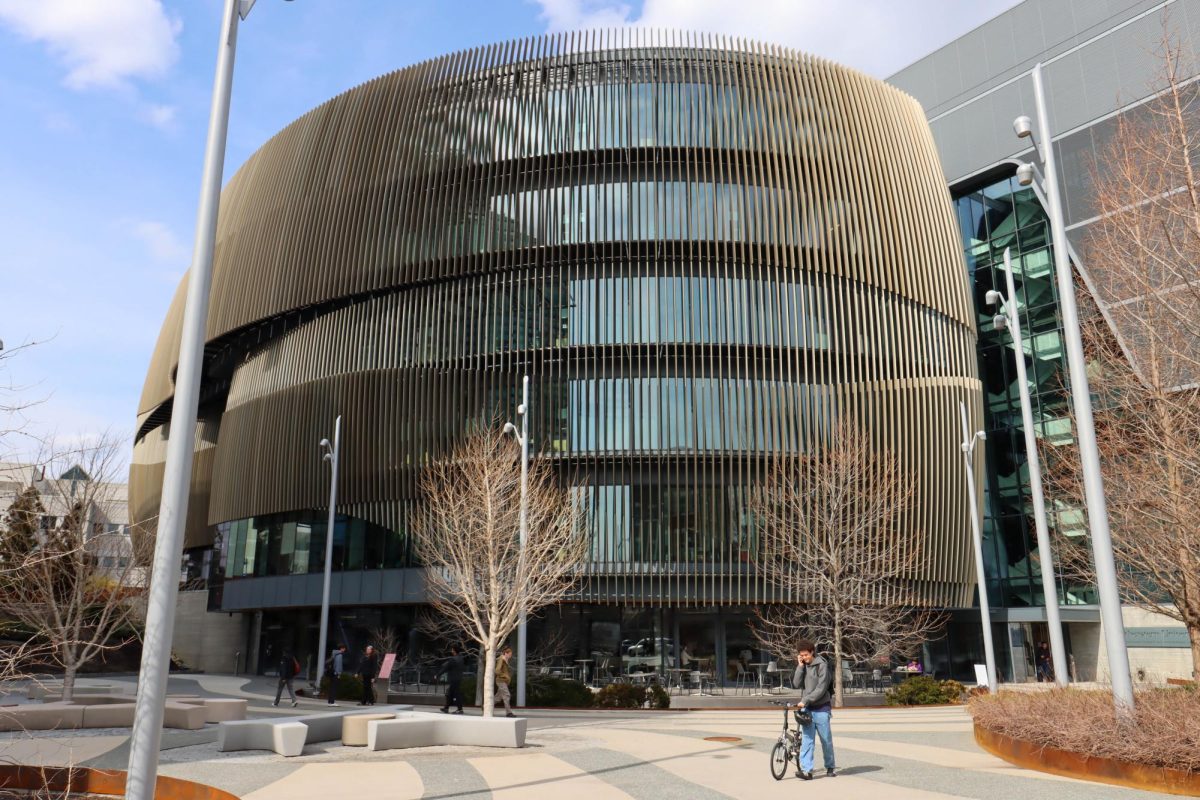By Olivia Arnold, news correspondent
A photo-sharing app created by three Northeastern University (NU) business students competed on Monday in the final round of Student Startup Madness (SSM), a nationwide tournament by SXSW in Austin, Texas for digital media startups founded by collegiate entrepreneurs.
Developed by friends and varsity soccer teammates Sam Marley, Daniel Arvidsson and Dan Korman, Blurr advanced as one of the “entrepreneurial eight” to compete in the SSM tournament at the Hilton Austin Downtown on March 14. Blurr is a platform that connects people who are in the same place at the same time by sharing photos on a communal feed.
“Life is a blur,” said Marley, a third-year economics and finance major. “Every day, you’re making these memories… [it’s] impossible to remember everything you do. So we thought our brand is going to represent that, but our product is going to be the solution.”
At SSM, the final eight teams had four minutes each to pitch their startups, followed by seven minutes of questions and answers with a panel of three judges, Marley said.
Although Blurr did not place in the top three, the team was awarded $1,000 for advancing through three rounds of cuts from an original pool of 100, which the team plans to invest in their marketing strategy.
“[We gained] unbelievable skills. Skills that involve pitching, in terms of pitching to big crowds, to different audiences,” Marley said. “That was really, really helpful.”
He said that at a social event such as a party, concert, graduation or wedding, the user opens the application and presses “start Blurr.” The app then shows the user’s location on a map and provides an option to set a radius of either “close” at 200 meters or “closer” at 100 meters.
From there, all the photographs snapped by other users within the selected radius are saved onto an anonymous collective feed. If the user doesn’t want a lot of pictures from strangers, there’s also a filtering option for Facebook friends only.
“No one has ever taken this spin that we have, that it’s a public photo-sharing platform, but in such small pockets of space that it almost becomes private,” said Arvidsson, who is also a third-year economics and finance combined major.
When the user leaves the radius or chooses to end their Blurr session, all the photographs taken in that time span remain on the app for 24 hours. This provides an opportunity for the user to download any desired pictures onto their camera roll.
“[We’re] solving this one particular problem, which is how can college students get access to meaningful pictures being taken around [them],” Arvidsson said. “We see a gap in the photo-sharing industry for it.”
The concept for Blurr was hatched during a “very hungover Sunday” morning, Marley joked. After throwing a going-away party for a mutual friend on a Saturday night in February 2015, the three friends were searching in vain the next morning for a misplaced “squad picture” when they had a revelation.
“We’re sitting there at breakfast like ‘Wow, we don’t have this picture.’ And we knew tons of people were taking pictures that night, unbelievable photos, and we didn’t have access to them,” said Korman, a third-year economics and marketing major. “We sat back and realized […] this problem happens all the time, and it really bothered us.”
The three students then trekked in the snow to Snell Library, where the planning for Blurr began. Before long, Blurr was entered into IDEA, Northeastern’s venture accelerator for student entrepreneurs, which helped shape their vision and business approach, Korman said.
Through the university, the team also partnered with SCOUT, a student-led design studio, and NorthOut, a Boston-based software development company.
“We really pride Blurr on being 100 percent authentic to Northeastern,” Korman said.
The three co-founders hope that Blurr will become the indispensable hub for all photographs taken on any platform and help college students share important memories and experiences with each other.
“When we thought about it, we noticed that social media […] slowly but surely is disconnecting people and making them stretch further apart from each other,” Korman said. “Blurr actually does the opposite of that, because it’s connecting people in the same place in the same time.”
Photo courtesy Sam Marley









